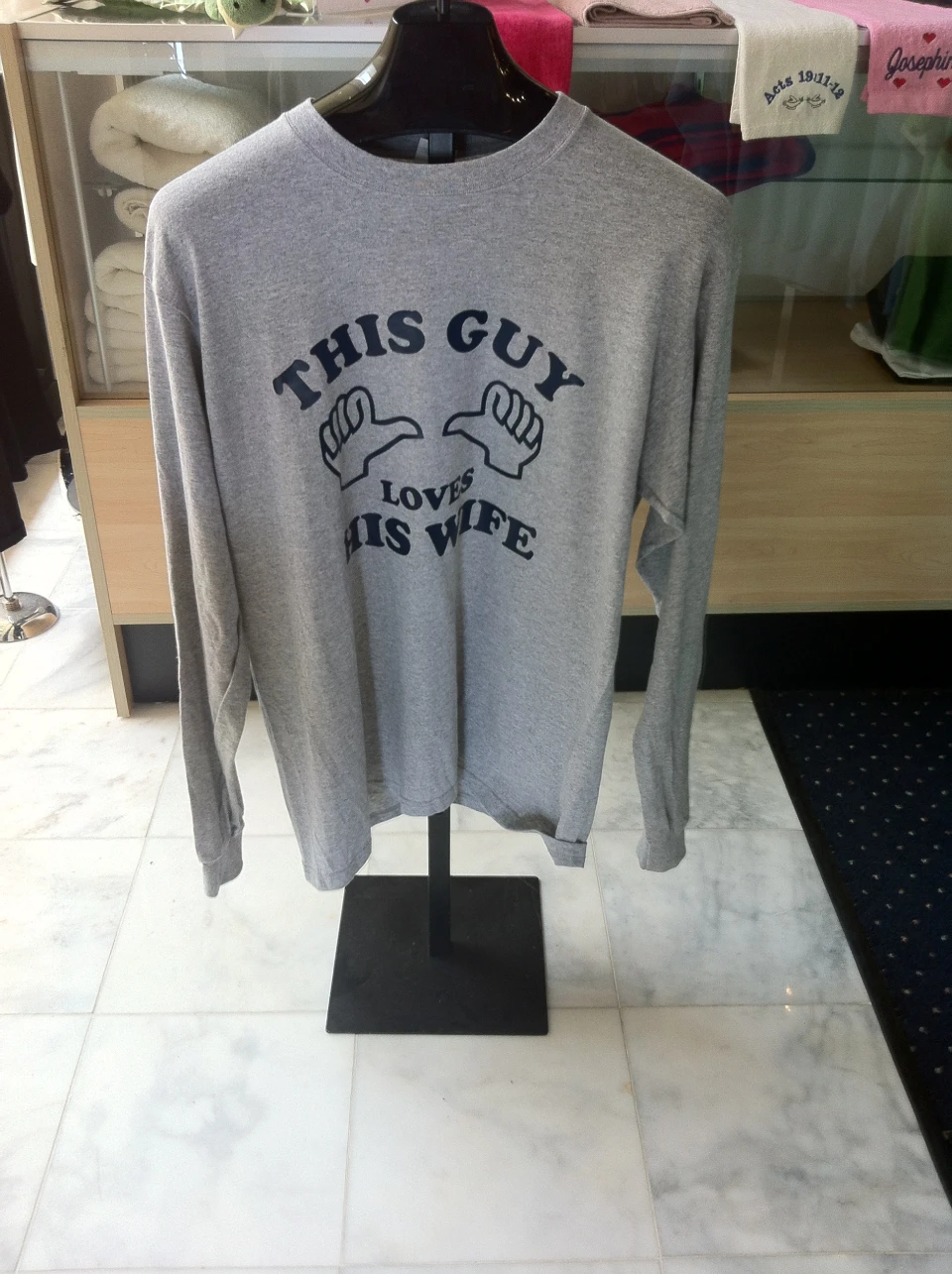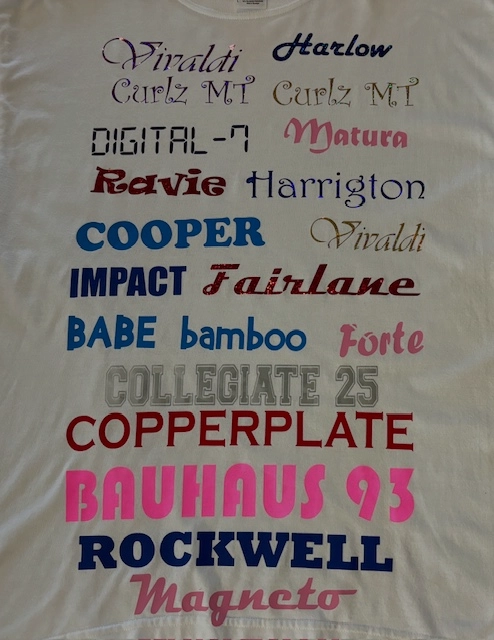Customized Lab Coats with Embroidery for Medical Professionals
Customized Lab Coats with Embroidery for Medical Professionals
Blog Article
The Art of Custom-made Needlework: Opening the Secrets to Creating Distinct and Memorable Designs
The secrets to developing personalized needlework styles that astound the eye and leave a long lasting impression lie in a fragile equilibrium of technique, creativity, and attention to information. As we dive into the globe of customized needlework, we discover the nuanced interaction in between thread option, sew intricacy, and style personalization that boosts a plain garment to a job of art.
Selecting the Right Embroidery Threads
When picking needlework threads, what key elements should you consider to guarantee the very best results for your custom-made designs? The selection of needlework thread is vital in determining the last result of your stitched design. One of the key factors to consider is the material of the string. Different materials such as cotton, polyester, rayon, and silk supply varying levels of shine, resilience, and appearance. It is necessary to select a thread material that matches the textile you are embroidering on and lines up with the wanted appearance of the layout.
Thicker threads can add measurement and structure to your design, while finer strings are excellent for intricate information and little text. In addition, considering the color fastness and washability of the string is important to guarantee that your custom styles maintain their quality and vibrancy over time.
Discovering Different Stitch Strategies
To explore the realm of 'Discovering Different Stitch Strategies', one should realize the intricacies and subtleties that each stitching technique offers the art of embroidery. Various stitch strategies not only include visual passion but additionally add to the overall structure and measurement of the style. One preferred stitch strategy is the satin stitch, which includes very closely packed parallel stitches to produce a smooth and glossy surface, ideal for filling out forms and creating strong lays out.
On the other hand, the backstitch is a flexible method usually used for detailing and including fine details. It entails stitching backwards to develop a strong line of needlework. In addition, the French knot stitch adds a tactile aspect to styles, excellent for creating distinctive accents like blossom centers or decorative touches.
Checking out various stitch methods allows embroiderers to play with light, shadow, and depth within their styles, raising the visual appeal and artistic high quality of their embroidery jobs. By grasping different stitching methods, one can unlock unlimited possibilities for developing special and unforgettable custom-made embroidery items.
Incorporating Personalized Layout Aspects
Having discovered the ins and outs of different stitch methods such as the satin stitch, backstitch, and French you can check here knot, the emphasis now shifts in the direction of integrating personalized layout elements in custom needlework jobs. Personalized layout elements play a vital role in making needlework jobs truly special and memorable.
Another means to incorporate tailored style elements is by consisting of icons or themes that hold unique significance to the recipient or mirror their rate of interests and individuality. Including a favorite flower, pet, or hobby-related icon can make the needlework design a lot more meaningful and individualized. In addition, choosing colors that resonate with the recipient or line up with the desired theme can additionally improve the personalization of the needlework project.
Grasping the Art of Shade Control

One key element of shade coordination is comprehending shade theory. This consists of knowing how various shades communicate with each various other, the feelings they share, and just how they can be combined to produce aesthetically attractive layouts. By applying color theory concepts, embroiderers can develop harmonious color schemes that boost the general look of the style.
In addition, taking note of contrast is critical in color coordination. Making use of contrasting colors can assist particular components of the design pop, boost clarity, and develop an aesthetically dynamic embroidery piece. By understanding the browse around here art of color sychronisation, embroiderers can boost their layouts and create unforgettable items that resonate with customers and viewers alike.
Enhancing Structure With Advanced Embroidery Stitches

French knots, as an example, are perfect for adding small, increased dots to your style, resembling the appearance of grains or creating a textured surface. Bullion knots, on the other hand, can be utilized to produce twisted, ropelike components that include a glamorous feeling to the needlework. Seed sewing includes small, scattered stitches that can complete locations with a polychromatic appearance, while turkey job creates non tailored suit fluffy, dimensional accents reminiscent of animal fur or foliage. Explore these advanced embroidery stitches allows you to push the boundaries of traditional embroidery and create truly distinct and aesthetically attractive structures in your styles.
Conclusion
Finally, the art of custom-made embroidery involves a mix of selecting the ideal threads, exploring different stitch methods, incorporating personalized layout aspects, mastering shade control, and enhancing appearance with sophisticated stitches. By understanding and applying these crucial elements, embroiderers can develop distinct and unforgettable layouts that showcase their creativity and ability. Embroidery fanatics can unlock the keys to developing attractive and bespoke items that stand apart and leave a lasting perception.
Report this page